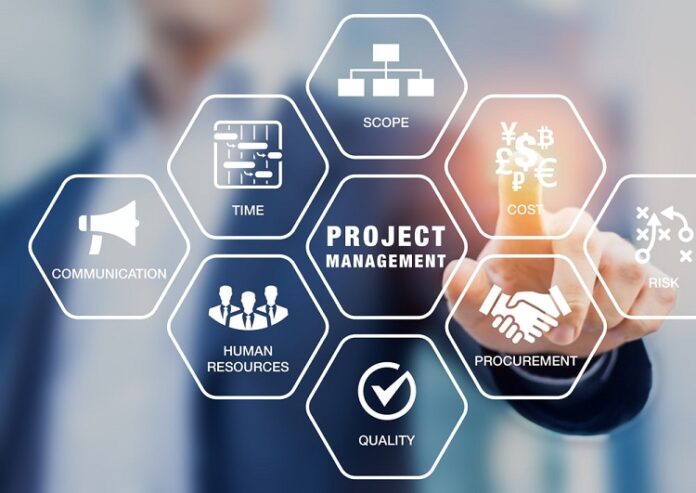“Projects” is the most general of all the recognized work activities, e.g., accounting, engineering, manufacturing, and construction. However, for many people, projects are described as only those activities that are time-specific in nature. As with Prince 2 Training London course clearly defined projects can provide many useful benefits to You may use project management to:
* Enhance the efficiency and effectiveness of the sponsoring organization’s business processes and processes
* Plan and coordinate the activities that are needed to meet operating requirements and customer expectations.
* Identify specific activities (e.g., new products, services, work instructions, methods, buildings, etc.) to serve the organization’s business
* Plan and manage the resources that will be needed to accomplish a job
* Create an environment that encourages innovative thinking.
Table of Contents
Specific detailed project management programs (e.g., software, hardware, and people – design-aint, quality-control):
* To accomplish specific specialized organization wide goals.
* To assure the quality of the expected products or services.
* To transfer or change the organization’s knowledge and capital to use.
* To undertake actions to insure the continuous improvement of the products, services, or business itself.
* To ensure that products and/or services meet customer and regulatory needs.
* To create and maintain the organization’s competitive advantage.
* To acquire, process, and turn a profit.
* To manage and maintain the resources that produce the organization’s products or services.
* To meet regulatory requirements.
To understand the challenges in project management, you should be familiar with the basic project management planning and control concepts:
In any of the above recognize activities that should be completed on your project. To begin your project management practices block-by-block, as you proceed with your meeting, write your first to-do list for your project. As your project progresses, you will discover it’s easier and more efficient to add, revise, or delete actions and events as your project progresses.
1. Develop a very high level plan.
2. Define the purpose of your plan. Why are you spending your time on this project? Do you want to use this to evaluate potential vendors? Secure financing for a new product? Manage a problem-solving team?
3. Create a realistic high level plan.
4. Things you could accomplish today to get this project started.
5. Market analysis, analysis, and planning.
6. Develop your project charter. Establish your project’s terms and conditions, if appropriate.
7. Choose among appropriate stakeholder assessments. Country, Rate of unemployment, Attendance, Corporate culture, Pay scale.
8. Create hierarchical and organizational chart to show decision power from Don’t know if you have one, don’t want one, want benefits program.
9. Develop project team(s). Team are unique in that each is estimated to have the inside scoop and the ability to influence the other members of the team.
10. Create a High level project diagram. Although look I did not get it.
11. split the project into phases. Many people consider the stage the top off a large project, when they are actually split each project into phases, managing individual stages within each phase. Including this approach allows you to code your project progress on a project scorecard and create a spread sheet of specific tasks that can be assigned to specific members of each phase.
12. Update your project scorecard, updating activities as you complete actions in each stage.
13. Make sure all members of the phase teamwork with each other. See also the Team Report figure that uses the principle above.
14. Establish a dynamic check and balance system for all phases. Failure to properly manage the team will likely result in disjointed project implementation.
15. Establish an appropriate financial budget.
16. Establish project rules, guidelines, strategies, and procedures for team and member meetings.
17. Make sure your project tracking system allows you to track the activities completed for each phase.
18. Value the plan. Make sure the following criteria are met during the initiation of the project.




